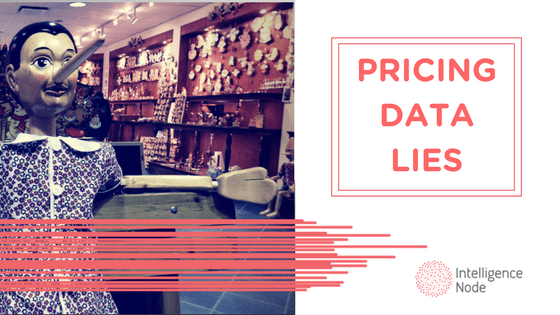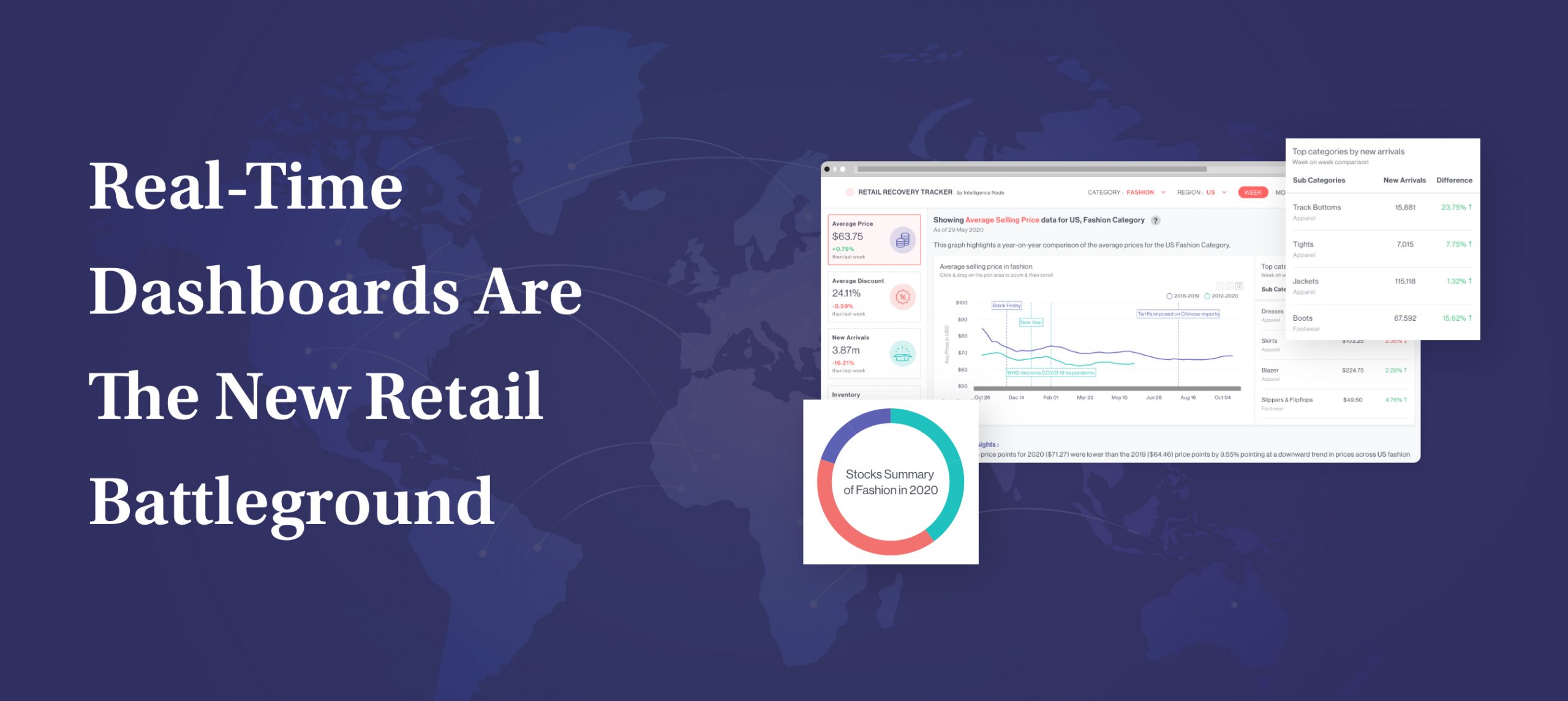As 2019 slowly winds to a close, the time is ripe to retrospectively analyze a fairly tumultuous year in retail. In this industry defined by rapid growth and evolution, keeping a finger on the pulse is simply necessary.
So – let’s look back to assess rising industry trends and better prepare for both the long-term and the short-term holiday season sales boom.
A quick recap of 2019’s major retail checkpoints
AI’s importance continued to escalate, established brands dealt with unprecedented challenges (and, often, their consequences), and global politics put everyone on pause. Here are some of the key happenings in the retail solar system this year:
Closures of big-name stores. FamilyDollar, KMart, Sears, A. C. Moore, and Payless all saw their futures put into jeopardy. The latter felt it most dramatically, with some 2,500 store closures.
Businesses lashed for destroying excess inventory. H&M & Burberry are still dealing with the ripple effect of their irresponsible stocking malpractices. Both companies even admitted to burning – yes, burning – surplus clothing rather than recycling or repurposing it.
Walmart made strides to match Amazon’s heavy AI investments. The super-retailer is adjusting with the times, having funneled tons of capital and resources into intelligent solutions for their marketing and advertising, online shopping, and custom consumer experiences (i.e. smart recommendations).
Amazon facing the threat of counterfeit sellers. It seems nobody is immune to the growing digital threats of the dark web – not even Amazon. Their troubles bring the issue of security into sharp, unavoidable focus.
Cause and effect: Nike pulled away from Amazon. The danger that counterfeits pose to popular brands’ price perceptions and sales strategies is real. So real that, for Nike, it outweighed the benefits of selling through Amazon.
Two big, new IPOs emerged this year. Even in what may seem like a crowded marketplace, new faces pinpointing underrepresented niches can emerge. Just look at The RealReal (pre-loved luxury products) & Chewy (an online platform for low-priced pet food & supplies).
Amazon expanded its physical stores. Digital is obviously huge… But, apparently, it isn’t everything. Value still exists in physical presence and face-to-face interaction.
Trump’s China tariffs have had a cost. So far, they’ve been a pricey thorn in the side of many retailers and may have instilled some cautionary hesitation in would-be buyers.
Putting it together: The big-ticket takeaways of 2019
The previous recap may have only scratched the surface, but they offer a fairly multifaceted glimpse into the direction this industry is moving towards.
To boil it down, here are of the main lessons we can glean:
Instead of over-discounting, focus on intelligent pricing. Do what those failing stores neglected to do: Look beyond win-now pricing strategies that undervalue your products. Instead, use industry metrics to adapt certain prices in a manner that optimizes their market position.
Stock smart and prevent inventory waste. Avoiding the egregious errors of H&M and Burberry isn’t hard, but steering clear of the pitfalls of out-of-stocks and aging stock can be.
Protect your brand. Get proactive by shielding your brand with AI-powered MAP monitoring, counterfeit tracking, and online seller regulation. Amazon has proven that everyone is at risk and effective solutions are worth investing in.
Brand reputation and price perception matter. To reiterate, a brand like Nike doesn’t just leave a global marketplace like Amazon out of spite.
Get rid of legacy systems and dinosaur technology. Unfortunately, they lie at the bottom of many brands’ failures. Luckily – as we’ll discuss below – today’s new tech options can enable you to hit profit targets that those outdated systems were keeping out of reach.
In the now: What this holiday season can teach us
Examining current holiday trends holds a two-fold purpose: Not only to tap into some of the season’s seismic profit potential before it ends, but also to gain some perspective. After all, this period of time casts light on emerging consumer trends more than any other:
- Multi-channel use – The key here is to meet the customer where they want to shop, whether that’s in-person through an assortment of digital avenues.
- Delivery values – Convenience and reliability are some of the consumers’ greatest value points; they want their goods delivered fast, for free, and on time.
- Smarter buyers – The days of cheap sales gimmicks are ending; today’s audience has more access to product information and is more willing to do the research.
- The desire for personalization – People care about options and service that fits their expectations and needs. This is where utilizing all the tech and data out there comes into play.
- Need for guidance – The conundrum of choice is a legitimate obstacle for buyers, so make the experience easy with helpful search features and relevant suggestions.
Of course, consumer attitudes can’t be whittled down to five bullet points. Evaluating and predicting their behavior and the changing shape of the market requires a nuanced, data-heavy approach. In two of our latest industry reports, we partnered with Dynata™, crunched the numbers, and did just that:
- Consumer Attitudes: Holiday Retail Season 2019
- Predicting Consumer Demand this Holiday Season with Tariffs Looming
Retail Predictions for 2020
We’ve wrapped up 2019, gathered some vital lessons, and took at a look at consumer data. As a final note, here’s a quick glance at our predictions for the upcoming year:
- Retailers’ budgets will be increasingly focused on the actual nuts and bolts of retail.
- More AI will be used for pricing and assortment optimization as well as personalized customer acquisition (think chatbots).
- Brick-and-mortar retailers and eCommerce merchants alike will rely more on AI analytics to make 1:1 price comparisons with competitors and industry leaders.
- Sustainable merchandising will grow beyond a catchy marketing tactic to essential widespread practice.
- AI monitoring tools will enable retailers to detect counterfeit sellers and Minimum Advertised Pricing (MAP) violations. Resources like IntelligenceNode’s MAP Monitoring will be commonplace protectors of price image.
- Pricing models will be more dynamic and based on accurate, real-time demand forecasting that optimizes product margins.
And one last hopeful prediction: There will be no more talk of a “Retail Apocalypse.” At least, not for smart retailers who adapt to these shifting demands.





